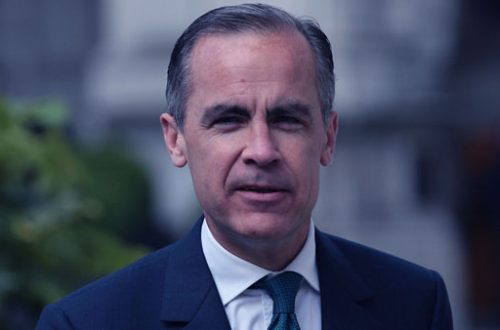Are Subscriptions Taking Over Your Life and Bank Account?!
The Story
Subscriptions are on the rise because it’s the easiest way for large companies to take your money, think: Netflix, gym membership, Amazon Prime. The average person is thought to spend around £56 a month – a whopping £670 a year – making a large dent in your disposable income.
Now that 2018 has arrived many millennials will be finding ways to boost their chances of getting on the housing ladder. In this guide Sophie Robson, who writes the blog Millennials Matter, gives you tips on how to keep subscriptions in check.
It's not just about saving money
Since regulations changed in 2014, building societies and banks do affordability assessments before approving a mortgage. This means they look at everything you spend money on. They can refuse a mortgage or significantly increase the cost if they deem you to have too many unaffordable outgoings.
Take control
As we all know, the cost of subscribing can really add up. So think, do you really need that magazine subscription? Would it be cheaper to buy it every other week? It can have other less expected benefits too.
Lucy Wright, a media planner from Manchester, found this when she took out a subscription with a well-known current affairs title.
“I was buying it every week and even though I really looked forward to getting it, I didn’t really have time to read it fully,” she says. So she stopped the subscription and bought it from the local newsagent every fortnight instead.
“Not only is it saving me money, it also means I can keep on top of them more easily. Plus it’s not showing up as an expense on my bank statement, which I hope will go in my favour when it comes to looking at a mortgage.”
Cut the deadwood
Commerce relies on inertia. Many of us sign up for free trials and forget to cancel the subscription when the trial ends. This is nothing more than throwing money away. Make sure you have a note of all the subs you have to avoid nasty surprises. There are some apps that can help you keep track. Bean, for instance, tracks all your subscriptions, while Onedox does this online.
Beware of add-ons
These are the most insidious form of subscription. The in-app purchase is the bane of every financial adviser (and parent’s) life. But unfortunately, the freemium model is fast becoming the go-to one for many in the tech industry. Keep a track of what you’re spending on.
Katie Wilkinson, a doctor from Sheffield, says she avoids the pitfalls of this by imposing her own cooling-off period.
“I play games on my phone quite a bit to let off steam and in the heat of the moment, I’ve been known to make a few impulse purchases,” she admits. “But I’ve cut down on the amount I spend by giving myself a time out period where I consider if I actually want to spend the money. I set my alarm on my phone for seven minutes from now and if I still want to buy that extra skin or whatever, I do it. Otherwise, I save the money.”
There have calls for a stop limit on the number of in-app purchases so if you are concerned you might splurge, you could set your own expenditure limit.
The final word
So there you have it. It’s often the hidden costs like subscriptions that can derail your savings plans before they’ve even started. Make it your new year’s resolution not to get caught in the trap.








